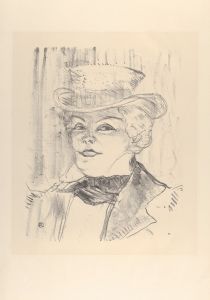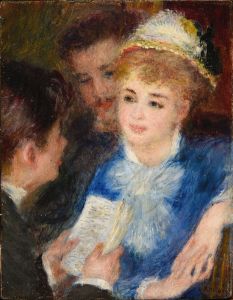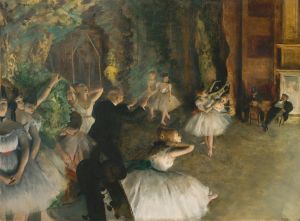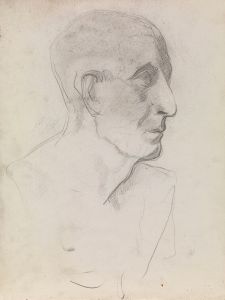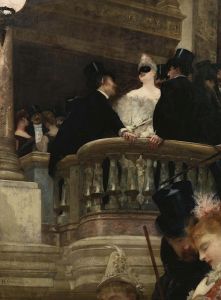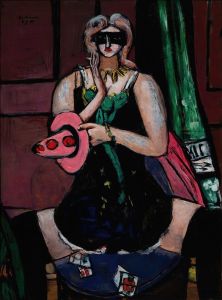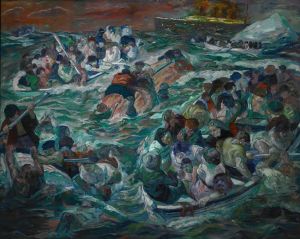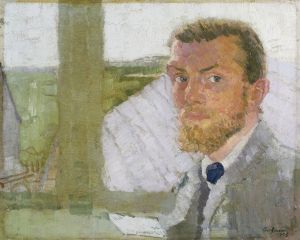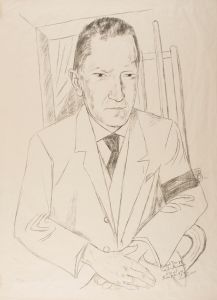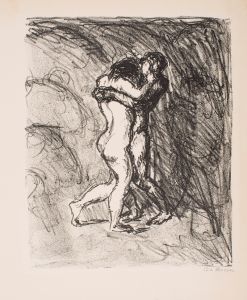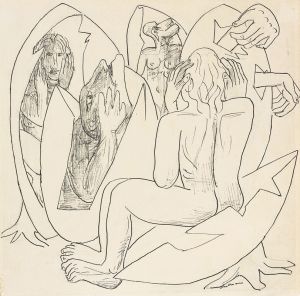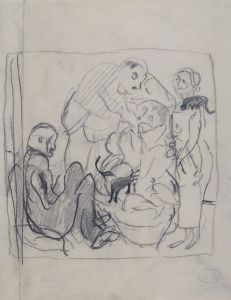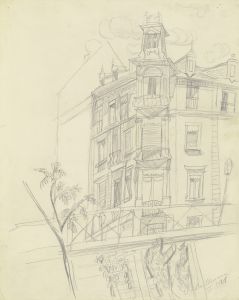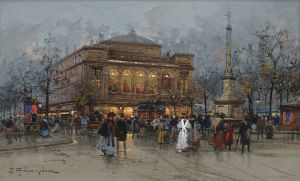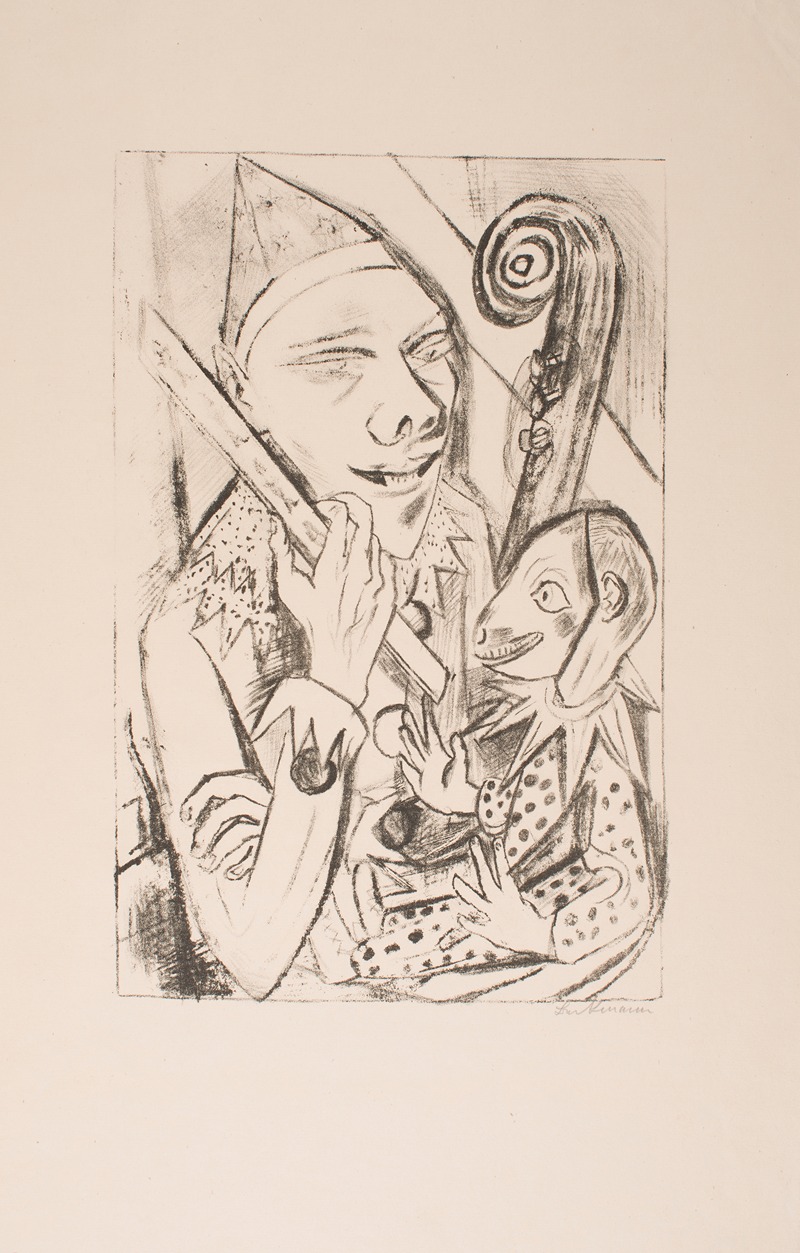
Pierrot and Mask
A hand-painted replica of Max Beckmann’s masterpiece Pierrot and Mask, meticulously crafted by professional artists to capture the true essence of the original. Each piece is created with museum-quality canvas and rare mineral pigments, carefully painted by experienced artists with delicate brushstrokes and rich, layered colors to perfectly recreate the texture of the original artwork. Unlike machine-printed reproductions, this hand-painted version brings the painting to life, infused with the artist’s emotions and skill in every stroke. Whether for personal collection or home decoration, it instantly elevates the artistic atmosphere of any space.
Max Beckmann's "Pierrot and Mask" is a notable work by the German painter, who is widely recognized for his contributions to the Expressionist movement. Beckmann, born in 1884 in Leipzig, Germany, is known for his unique style that often combines elements of Expressionism with a more personal, symbolic approach. His works frequently explore themes of identity, the human condition, and the complexities of modern life.
"Pierrot and Mask" is a painting that reflects Beckmann's interest in theatrical and carnival themes, which are recurrent motifs in his oeuvre. The figure of Pierrot, a classic character from the commedia dell'arte tradition, is often depicted as a sad clown or a naive, lovesick character. In Beckmann's interpretation, Pierrot is presented alongside a mask, which adds layers of meaning to the composition. The mask can be seen as a symbol of the duality of human nature, the contrast between one's public persona and private self, or the idea of concealment and revelation.
Beckmann's use of bold colors and strong, defined lines is characteristic of his style during this period. His work often features a dramatic use of space and perspective, which can create a sense of tension or unease. This is evident in "Pierrot and Mask," where the figures are rendered with a certain intensity that invites viewers to contemplate the deeper meanings behind the imagery.
The painting was created during a time when Beckmann was deeply engaged with the cultural and social upheavals of the early 20th century. His experiences during World War I, where he served as a medical orderly, profoundly affected his worldview and artistic output. The themes of alienation and existential inquiry present in "Pierrot and Mask" can be seen as a reflection of the broader disillusionment felt by many artists and intellectuals of the time.
Beckmann's work, including "Pierrot and Mask," is often associated with the New Objectivity movement, which emerged in Germany in the aftermath of World War I. This movement was characterized by a return to realism and a focus on the objective representation of reality, often with a critical or satirical edge. However, Beckmann's approach was more personal and symbolic, setting him apart from other artists associated with the movement.
Throughout his career, Beckmann's art was marked by a deep engagement with the human psyche and the complexities of identity. "Pierrot and Mask" exemplifies this focus, using the imagery of the clown and the mask to explore themes of performance, identity, and the masks people wear in their daily lives.
Max Beckmann's legacy as an artist is significant, and his works continue to be studied and appreciated for their emotional depth and technical mastery. "Pierrot and Mask" remains an important piece within his body of work, offering insight into his artistic vision and the cultural context of his time.





